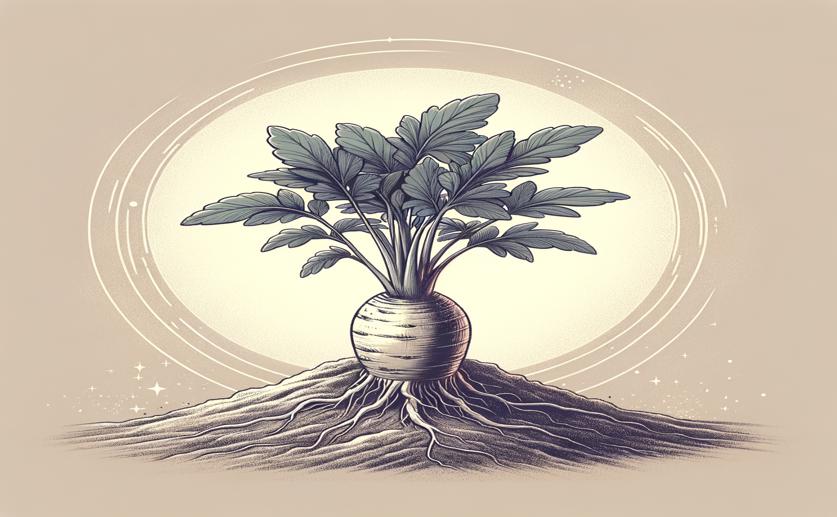
Maca Plant Compounds Help Block HIV-1 Infection
Jenn Hoskins
26th July, 2024

Image Source: Natural Science News, 2024
Key Findings
- Researchers from the Complutense University of Madrid studied the anti-HIV properties of maca, a plant from the Central Andes
- They found that n-hexane extracts of purple maca showed anti-HIV activity in lab tests
- Three specific compounds from maca were identified that inhibit HIV infection by blocking viral entry and integration
References
Main Study
1) Maca (Lepidium meyenii Walp.) inhibits HIV-1 infection through the activity of thiadiazole alkaloids in viral integration.
Published 23rd July, 2024
https://doi.org/10.1016/j.jep.2024.118613
Related Studies
2) Phosphatidylcholine hydrolysis activates NF-kappa B and increases human immunodeficiency virus replication in human monocytes and T lymphocytes.
Journal: Journal of virology, Issue: Vol 67, Issue 11, Nov 1993
3) Analysis of protein kinase C theta inhibitors for the control of HIV-1 replication in human CD4+ T cells reveals an effect on retrotranscription in addition to viral transcription.



 24th July, 2024 | Jim Crocker
24th July, 2024 | Jim Crocker